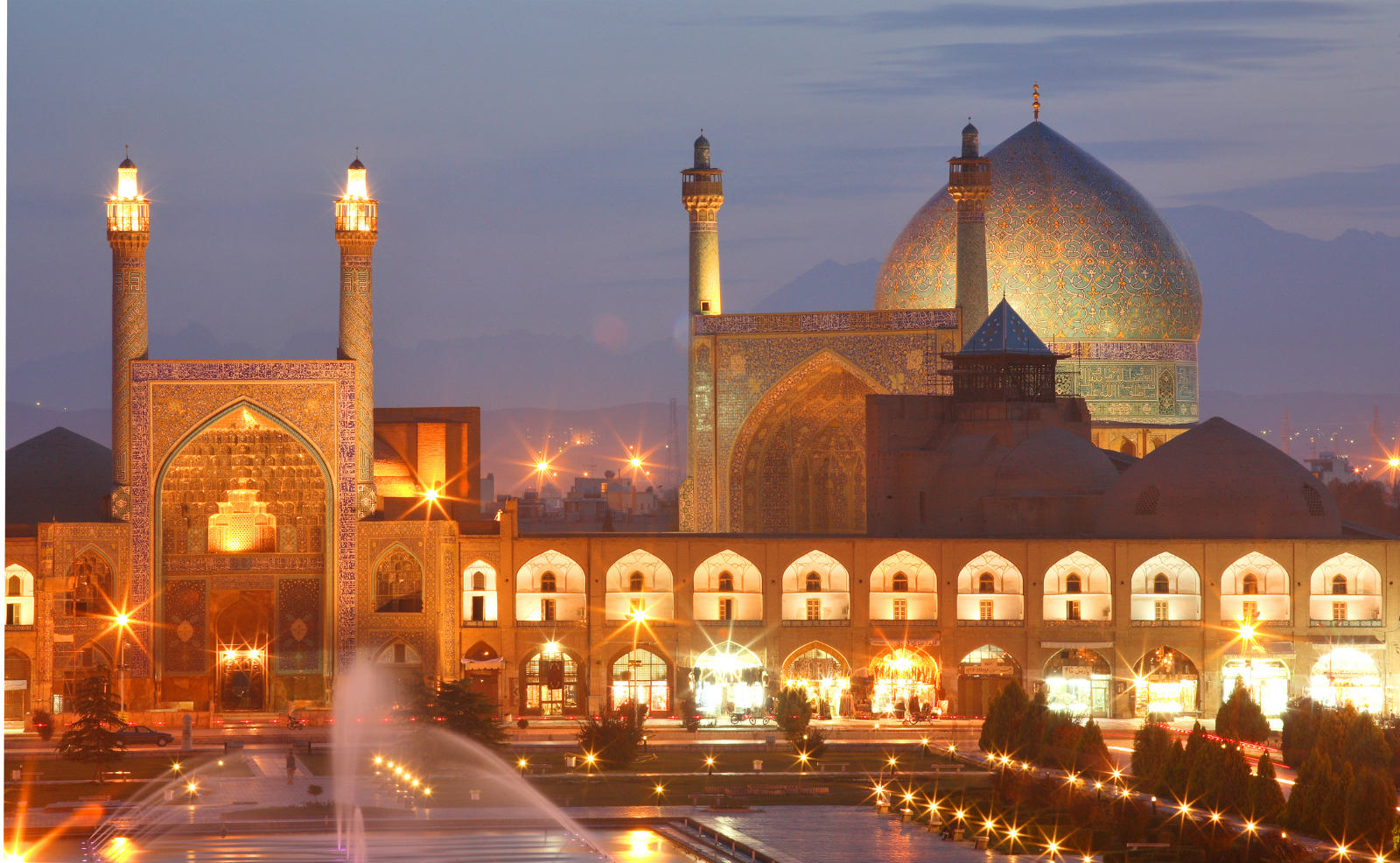The Evolving Landscape of Nuclear Weapons in Today’s World

Introduction
Nuclear weapons remain a critical concern in international relations and global security. As of 2023, the world is witnessing accelerated developments in nuclear arsenals, along with heightened tensions among nuclear-armed states. Understanding nuclear weapons and their implications is vital for grasping current geopolitical dynamics and the potential threat they pose to humanity.
Recent Developments
In recent months, several key events have underscored the prominence of nuclear weapons in global security discussions. The nuclear activities of countries like North Korea and Iran have garnered international attention, particularly as tensions escalate over military exercises and weapons testing. For instance, North Korea conducted a series of missile tests in the first half of 2023, claiming advancements in their strategic capabilities. These developments have alarmed neighbouring countries and global powers alike, prompting renewed diplomatic efforts for denuclearisation.
On the other side of the globe, the ongoing conflict between Russia and Ukraine has reignited concerns regarding nuclear posturing. The Russian Federation has referenced its nuclear capabilities as part of its military strategy, which raises fears of nuclear escalation in conflict zones. In response, NATO has reassured its members of nuclear deterrence while advocating for diplomatic solutions to de-escalate tensions.
Global Initiatives and Treaties
In light of these developments, various global initiatives aim to manage and reduce nuclear threats. The Treaty on the Non-Proliferation of Nuclear Weapons (NPT) continues to be a cornerstone of global disarmament efforts, although challenges persist regarding compliance from nuclear states. Meanwhile, there is growing momentum for the Treaty on the Prohibition of Nuclear Weapons (TPNW), which seeks to legally bind signatory states to refrain from developing, testing, and possessing nuclear arms. As of 2023, over 50 countries have ratified the TPNW, although major nuclear powers remain outside its framework.
Conclusion
The existence and potential proliferation of nuclear weapons pose a significant threat to global security, making their management a pressing priority. With ongoing tensions in various regions and the broader implications of nuclear armaments, it is crucial for the international community to remain vigilant. Collaborative diplomatic efforts and adherence to treaties are essential in mitigating the risks associated with nuclear weapons. Moving forward, the world must navigate a complex landscape, working towards reducing arsenals while ensuring a robust framework for peace and security.
You may also like

Key Developments and Current Events in Iran

Nepal vs United States: A Comparative Perspective
